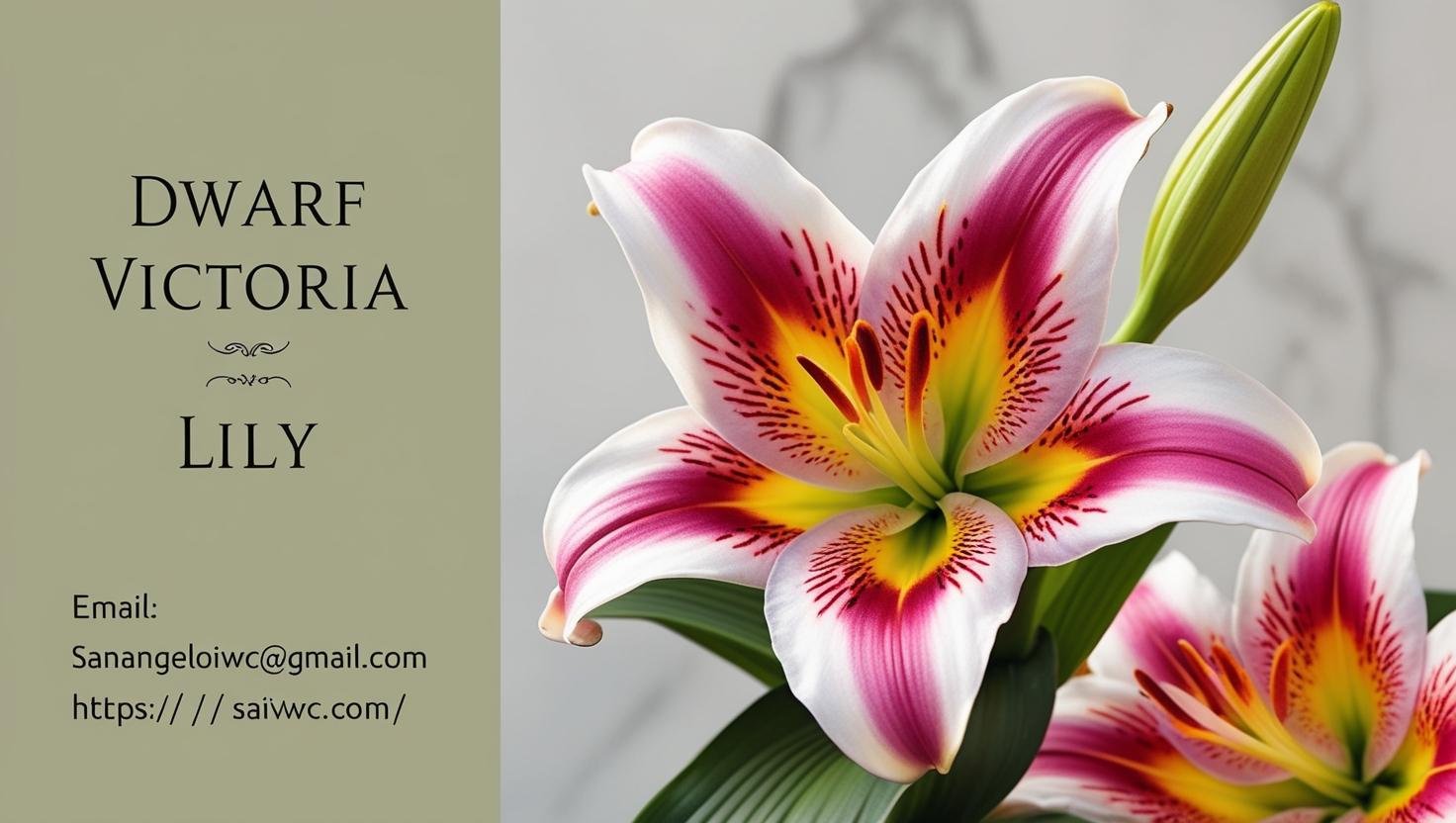The Dwarf Victoria Lily, Victoria cruziana, or Victoria amazonica, is a spectacular water plant with enormous floating leaves and fragrant flowers. Aside from beauty, this aquatic marvel has shown importance in projects related to ecological restoration.
With its unique characteristics and benefits to the ecosystem, this plant remains an essential resource in rehabilitating degraded aquatic ecosystems.
The Dwarf Victoria Lily: A Unique Restoration Tool
The Dwarf Victoria Lily is one of the most promising tools for ecological restoration projects since it is versatile and fulfills many ecological roles. It is much more appropriate for smaller water bodies compared to its larger counterparts; hence, it is perfect for urban ponds and community wetlands.
-
Improvement in Water Quality
One of the main applications of the Dwarf Victoria Lily is to control water quality within restoration areas. Its enormous, floating leaves shade water from receiving too much sun, reducing algae growth to a reasonable level.
This prevents excessive algae growth from depleting water oxygen, a process known as eutrophication. Additionally, by absorbing more surplus nutrients, such as nitrogen and phosphorus, into its root system, algae improve water quality even further.
-
Habitat Production for Aquatic Fauna
The Dwarf Victoria Lily produces shelters and breeding habitats for several aquatic species, including fish, amphibians, and insects. Its leaves create shaded areas, protecting the fish from predators and warm temperatures.
-
Soil Erosion Prevention
The root system of the Dwarf Victoria Lily anchors sediments at the bottom of water bodies. It helps prevent soil erosion, which is a common problem in degraded aquatic ecosystems. As a result, the sediment stability is maintained by this lily, preventing ponds and wetlands from silting. This will ensure the continued survival of these ecosystems over time.
-
Urban Wetland Revitalization
In urban environments, wetlands are usually filled up or polluted as a result of construction and industrialization. The Dwarf Victoria Lily is an excellent wetland plant for urban waterbody renewal and pond renewal.
The plant is also aesthetically beautiful, making it one of the most sought-after ornamental plants. It helps encourage public interest in restoration and conserving such bodies of water.
-
Rural Water Body Renewal
Ponds and lakes in rural areas are critical for irrigation purposes, livestock supply, human consumption, and water quality. The inclusion of the Dwarf Victoria Lily will help restore an appropriate ecological balance that will allow water bodies to support both flora and fauna populations.
The Future of Ecological Restoration
In view of the need to address the escalating environmental deterioration, the Dwarf Victoria Lily is now an increasingly important component in ecological restoration. Capable of enhancing water quality, supporting biodiversity, and alleviating climate change, this plant is a significant ally in any conservation venture.
As more research becomes available on its ecological functions, the applications of such an extraordinary plant in the realm of restoration will be limitless.
Conclusion
The Dwarf Victoria Lily is more than an aesthetic aquatic plant; it is a hope for degraded ecosystems. By incorporating this plant into restoration activities, we can restore aquatic habitats and make these ecosystems sustainable for generations to come. The Dwarf Victoria Lily serves as a symbol of nature’s resilience and beauty as we work towards restoring the balance of our natural world.



